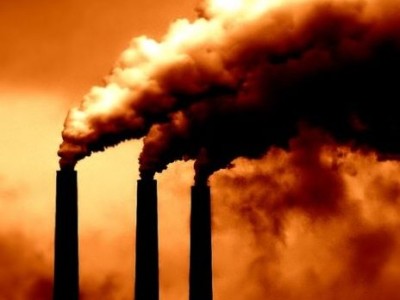Methane Emission Reduction
Last Best Chance?
The publication last week of the UN IPCC Sixth Assessment Report underscores the urgent need for action to substantially reduce methane emissions: “Strong, rapid and sustained reductions in methane emissions would [ ] limit the warming effect resulting from declining aerosol pollution and would improve air quality.”
Some Methane Facts
Methane is the second most important greenhouse gas after carbon dioxide, responsible for fully 25 percent of warming. It is also known as natural gas – a product with economic value, estimated to be $30 billion — that we are squandering in massive quantities into the atmosphere.
Two other attributes of methane make it particularly important as a target of climate action. First, as a greenhouse gas, it is 20 to 85 times as potent as CO2. Second, it is a “short-lived climate pollutant” – meaning that it lasts in the atmosphere for a shorter period than the 100+ year life of CO2. So, if we stop methane emissions today, in 15-30 years much of the methane already in the atmosphere will be gone, slowing warming.
Methane emissions result primarily from four sources: agriculture (mostly from dairies and animal waste, but also from rice cultivation), landfills (from the breakdown of organic material in the landfill), coal (mining and burning), and the oil and gas industry (from leaks and emissions in all aspects of the industry). We need to end emissions from all four sources, but we can dramatically reduce emission in the oil and gas and coal sectors right now.
Methane represents the single biggest and fastest mitigation opportunity available to slow self-reinforcing feedbacks and avoid tipping points. Rapid and substantial reductions in emissions and atmospheric concentrations of methane can avoid nearly 0.3°C in global temperature rise from the 2040s and up to 0.5°C in the Arctic, as well as improve air and water quality.
Now What?
Only 13 countries have methane reduction targets in their climate plans. California, once again, as a sub-national government, leads the way with a 40% emission reduction target for 2030. For the oil and gas sector, the common sense actions necessary include: inventory all sources; estimate baseline emissions; set emission reduction goals for each sub-sector of oil and gas operations; identify leak detection and repair procedures; set leak detection and repair requirements; enforcement. Captured methane is product that can be sold, so the costs of industry action are offset. While the oil and gas industry has taken some steps through the Oil and Gas Climate Initiative, it is not enough in size, scope, or ambition.
Action on the other sectors (especially agriculture and landfills) is more difficult, but with concerted effort, great and rapid progress is possible. CLEE, for example, is now working on a framework/protocol for reduction of methane emissions in the agriculture sector. California, already, has made progress with dairy digesters, capturing emissions from livestock manure. And the Air Resources Board developed a protocol for capturing methane emissions from coal mining.
It is time for a concerted effort for dramatic reduction of methane emissions by governments, researchers, philanthropies, and corporations. It’s the fastest and most impactful thing that we can do right now.







Reader Comments